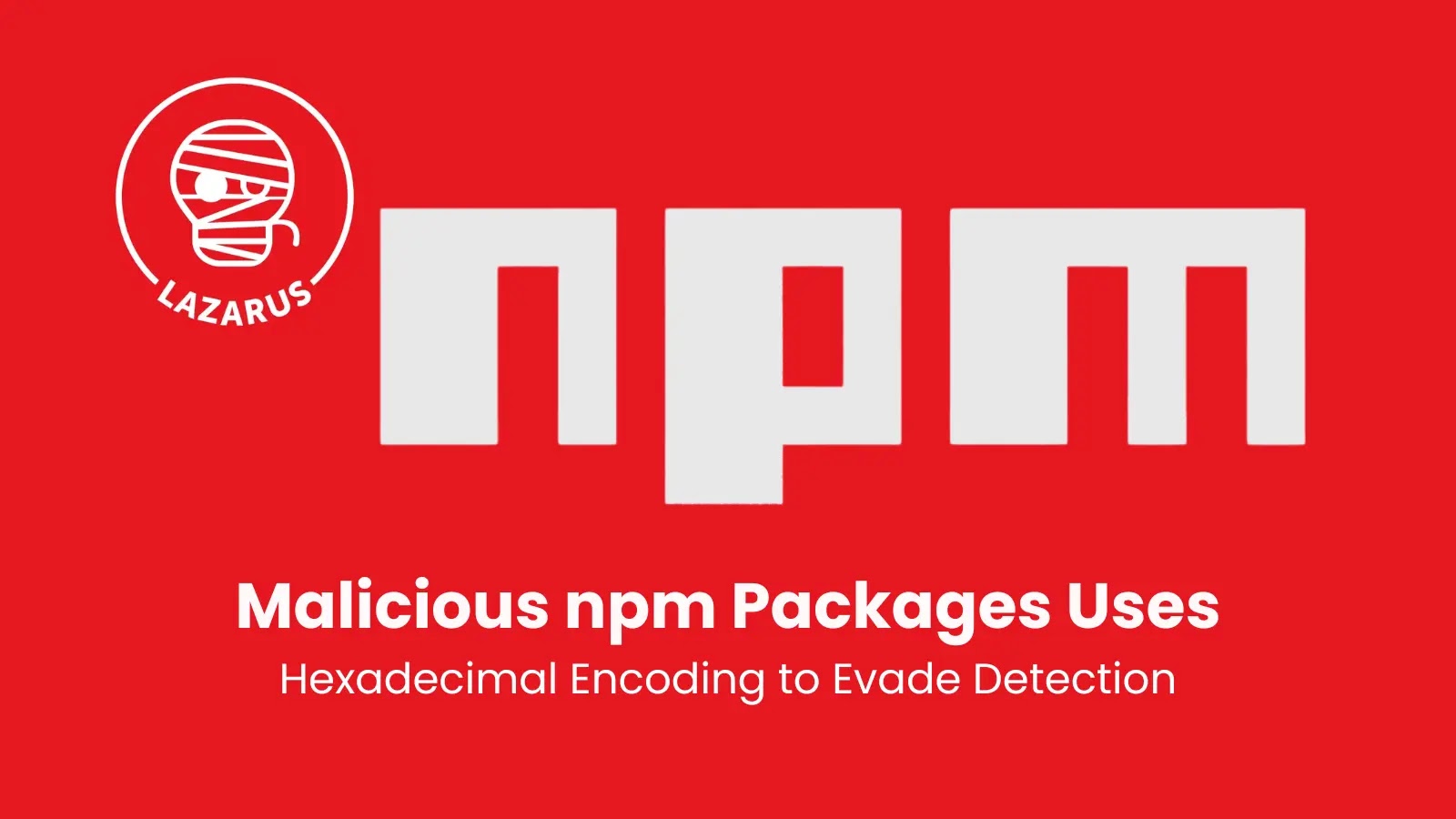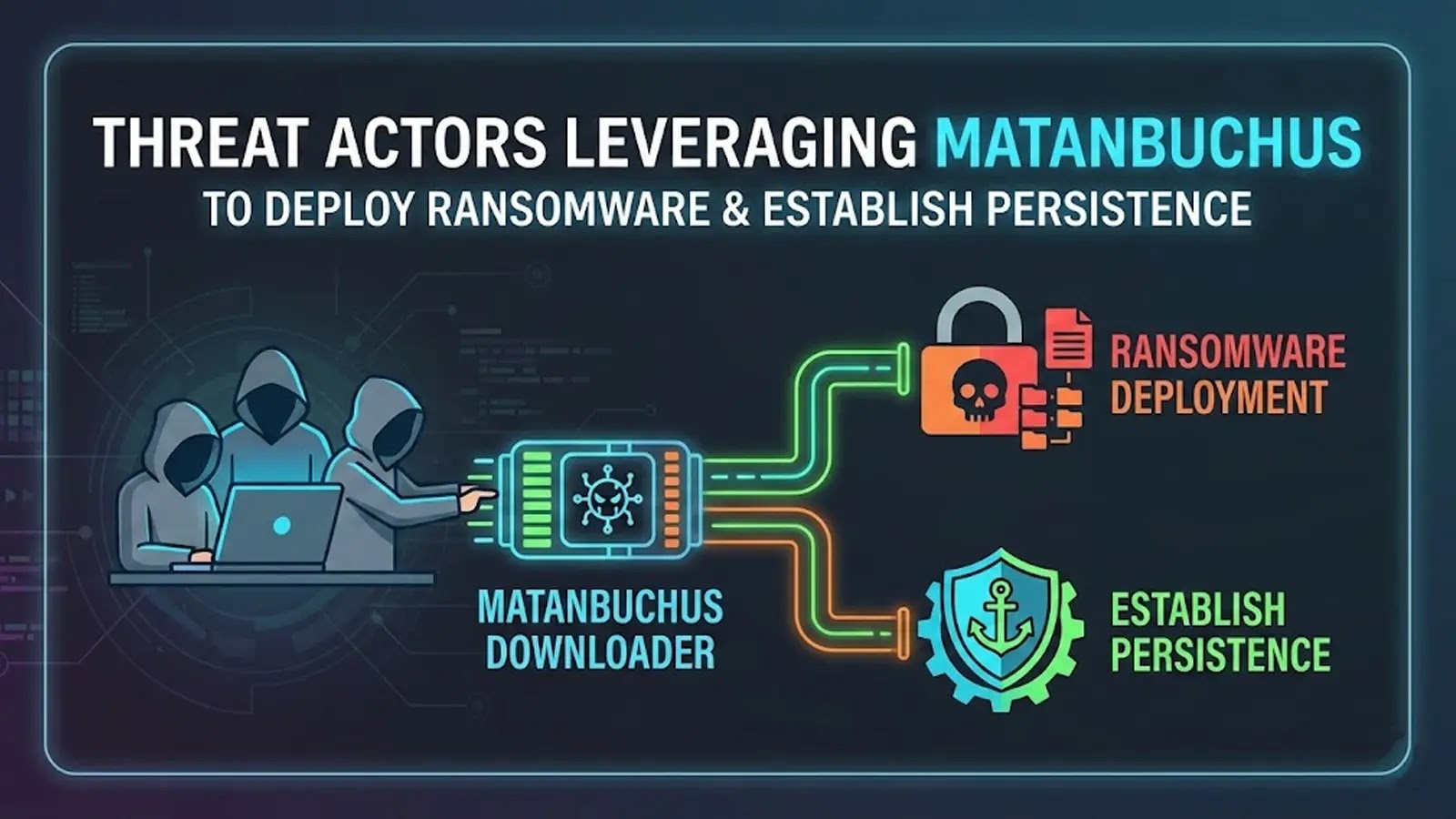Between February and November 2024, a state-sponsored cyber espionage group identified as CL-STA-0969 conducted a series of sophisticated attacks targeting telecommunications organizations in Southeast Asia. The primary objective was to establish and maintain covert access to critical network infrastructures, enabling remote control and surveillance capabilities.
Attack Methodology and Tools
CL-STA-0969 employed a multifaceted approach to infiltrate and persist within targeted networks:
– Initial Compromise: The group utilized brute-force attacks against Secure Shell (SSH) authentication mechanisms to gain initial access.
– Deployment of Malicious Tools: Upon gaining access, the attackers deployed a suite of custom tools designed for stealth and persistence:
– AuthDoor: A malicious Pluggable Authentication Module (PAM) that facilitates credential theft and ensures persistent access through a hard-coded password.
– Cordscan: A network scanning and packet capture utility capable of collecting location data from mobile devices.
– GTPDOOR: Malware specifically crafted for deployment in telecom networks adjacent to GPRS roaming exchanges.
– EchoBackdoor: A passive backdoor that listens for ICMP echo request packets containing command-and-control (C2) instructions, enabling covert communication.
– SGSN Emulator: An emulation software used to tunnel traffic through the telecommunications network, effectively bypassing firewall restrictions.
– ChronosRAT: A modular ELF binary with capabilities including shellcode execution, file operations, keylogging, port forwarding, remote shell access, screenshot capture, and proxy functionalities.
– NoDepDNS (MyDns): A Golang-based backdoor that passively listens for UDP traffic on port 53, parsing incoming commands via DNS messages.
Operational Security and Evasion Techniques
The threat actors demonstrated a high level of operational security (OPSEC) and employed various defense evasion techniques to avoid detection:
– Log Manipulation: Systematic clearing of logs to erase traces of their activities.
– Use of Reverse SSH Tunnels: Establishing reverse SSH tunnels to maintain persistent access and facilitate data exfiltration.
– Deployment of Passive Backdoors: Utilizing backdoors that listen for specific network packets, allowing for covert command execution without active communication that could raise suspicion.
Attribution and Overlaps with Other Threat Actors
Palo Alto Networks’ Unit 42 researchers have observed significant overlaps between CL-STA-0969 and other known threat clusters:
– Liminal Panda: A China-nexus espionage group attributed to attacks against telecommunications entities in South Asia and Africa since at least 2020, with a focus on intelligence gathering.
– LightBasin (UNC1945): A group targeting the telecom sector since 2016, with some tradecraft aspects previously attributed to Liminal Panda.
– UNC2891: A financially motivated crew known for attacks on Automatic Teller Machine (ATM) infrastructure, sharing overlaps with LightBasin.
These overlaps suggest a complex and interconnected landscape of cyber espionage activities targeting the telecommunications sector.
Implications and Recommendations
The prolonged and covert nature of CL-STA-0969’s campaign underscores the critical need for enhanced cybersecurity measures within the telecommunications industry:
– Implement Multi-Factor Authentication (MFA): Strengthen SSH access controls by requiring multiple forms of verification to reduce the risk of brute-force attacks.
– Regularly Audit and Disable Default Accounts: Conduct periodic reviews to identify and deactivate default or unused accounts that could be exploited by attackers.
– Promptly Patch Known Vulnerabilities: Stay updated with security patches and promptly address known vulnerabilities to prevent exploitation.
– Monitor for Unauthorized PAM Modules: Implement monitoring mechanisms to detect and respond to unauthorized changes in authentication modules.
– Enhance Network Segmentation: Isolate critical systems and establish microsegmentation to limit lateral movement within the network upon initial compromise.
– Deploy Advanced Logging and SIEM Correlation: Utilize Security Information and Event Management (SIEM) systems to detect anomalies in process scheduling, remote shell activations, and encrypted C2 communications.
– Adopt Endpoint Protection Platforms: Leverage behavioral analytics and machine learning to continuously monitor for signs of anomaly, such as unexpected file execution or unauthorized credential access.
– Scrutinize Outbound Network Traffic: Monitor for signs of covert C2 channels, including encrypted data streams and domain fronting, to detect potential exfiltration activities.
By implementing these measures, telecommunications organizations can bolster their defenses against sophisticated cyber espionage campaigns and protect critical infrastructure from unauthorized access and potential disruption.



